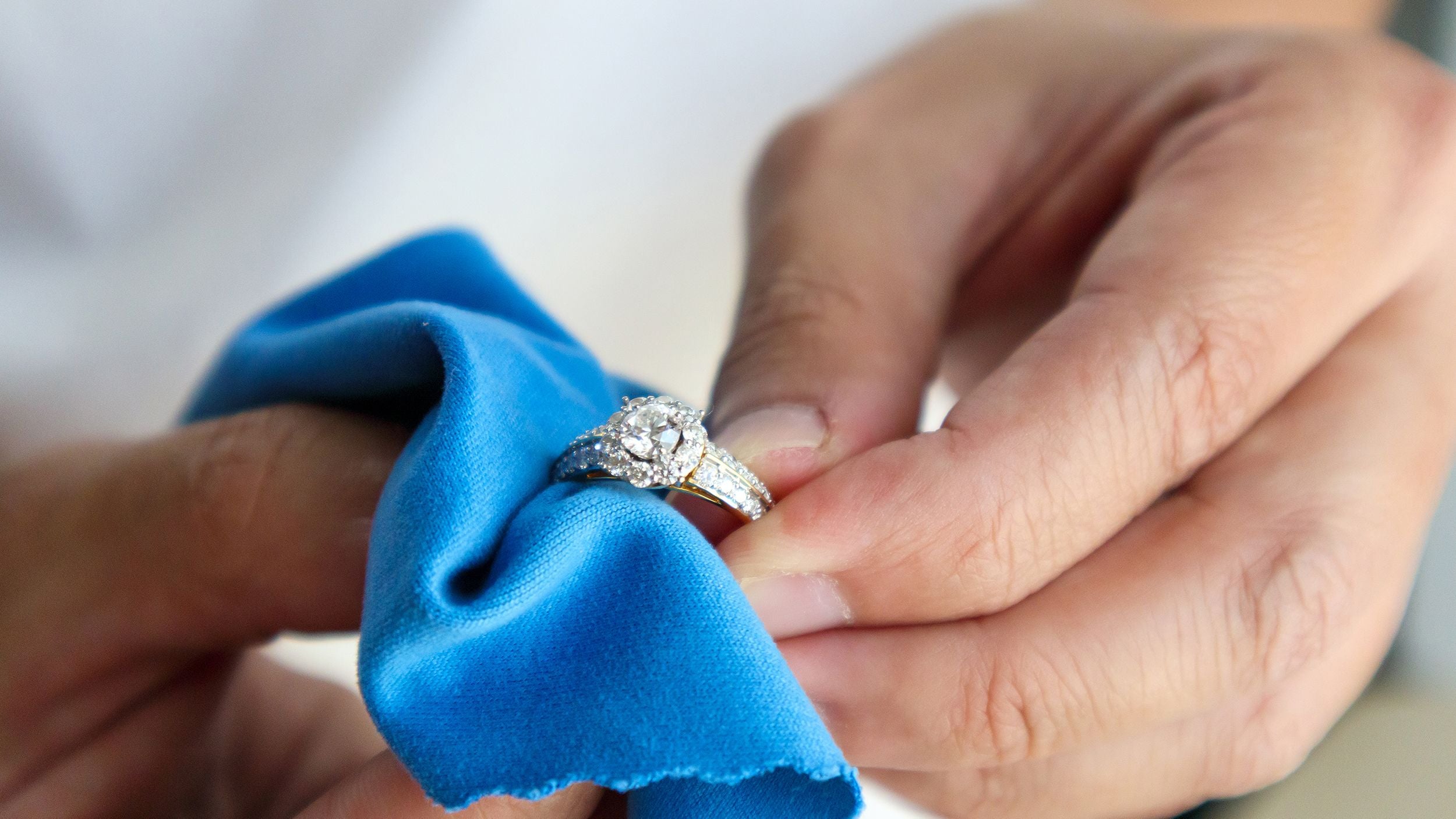The Norse Vikings, who lived in the Scandinavian region during the Viking Age (793-1066 AD), are often portrayed as a society dominated by men who went on raids, fought battles, and conducted trade. However, recent research has shown that the Vikings had a more complex social structure, where women played important roles in various spheres of life, and gender equality was more prevalent than in other contemporary societies. This blog post will examine the evidence for Norse Vikings gender equality and the division of labor.
Women's Roles in Norse Society
Contrary to the popular image of Viking women as passive and submissive, women had significant roles in Norse society. Women could own and inherit property, engage in business, and participate in religious ceremonies. The sagas, which are a collection of historical and mythical stories about the Vikings, often depict women as strong and independent figures, who could make their own decisions and act as leaders. For example, Queen Gunnhild, who ruled Norway in the 10th century, was known for her political skill and military prowess.
Women were also involved in agriculture and domestic work. They tended to the livestock, cultivated crops, and processed food. The sagas describe how women made cheese, butter, and bread, and brewed beer. Women also made clothing, which was a crucial aspect of Viking society, as clothing served as a form of wealth and status. Women could also participate in crafts such as jewelry-making and embroidery, which were highly valued skills.
Gender Equality in Norse Society
The evidence suggests that the Vikings had a relatively high degree of gender equality compared to other contemporary societies. One indication of this is that women could divorce their husbands and retain their property, which was unusual for the time. Women also had legal protection against sexual violence and could take legal action against their attackers.
Another indication of gender equality is the fact that women had access to education and could read and write. The sagas mention several women who were literate and could compose poetry, which was a highly respected skill. Women could also participate in religious ceremonies and could become priestesses, which was a significant role in Norse society.
Division of Labor in Norse Society
The division of labor in Norse society was based on a combination of gender and age. Men were responsible for hunting, fishing, and warfare, while women were responsible for agriculture, domestic work, and crafts. However, this division was not absolute, and there was some overlap between men's and women's roles. For example, men could help with domestic work and participate in crafts such as woodworking and metalworking, while women could accompany men on hunting and fishing expeditions.
One interesting aspect of Norse society is the fact that women could take on traditionally male roles in exceptional circumstances. For example, if a man was too old or too sick to work, his wife or daughter could take over his duties. Similarly, if a man was away on a long voyage or on a raid, his wife could manage his affairs and make decisions in his absence.
Conclusion
The evidence suggests that Norse Vikings gender equality and the division of labor were more complex than previously believed. Women played significant roles in various spheres of life, and gender equality was more prevalent than in other contemporary societies. While there were differences in men's and women's roles, there was also some overlap and flexibility, which allowed for women to take on traditionally male roles in exceptional circumstances. The Norse Vikings' gender dynamics challenge the simplistic view of a male-dominated and patriarchal society and offer a more nuanced understanding of the diversity of human experience.
Works Cited:
-
Byock, Jesse. Viking Age Iceland. Penguin Books, 2001.
-
Jesch, Judith. Women in the Viking Age. Boydell Press, 1991.
-
Price





Leave a comment
This site is protected by hCaptcha and the hCaptcha Privacy Policy and Terms of Service apply.